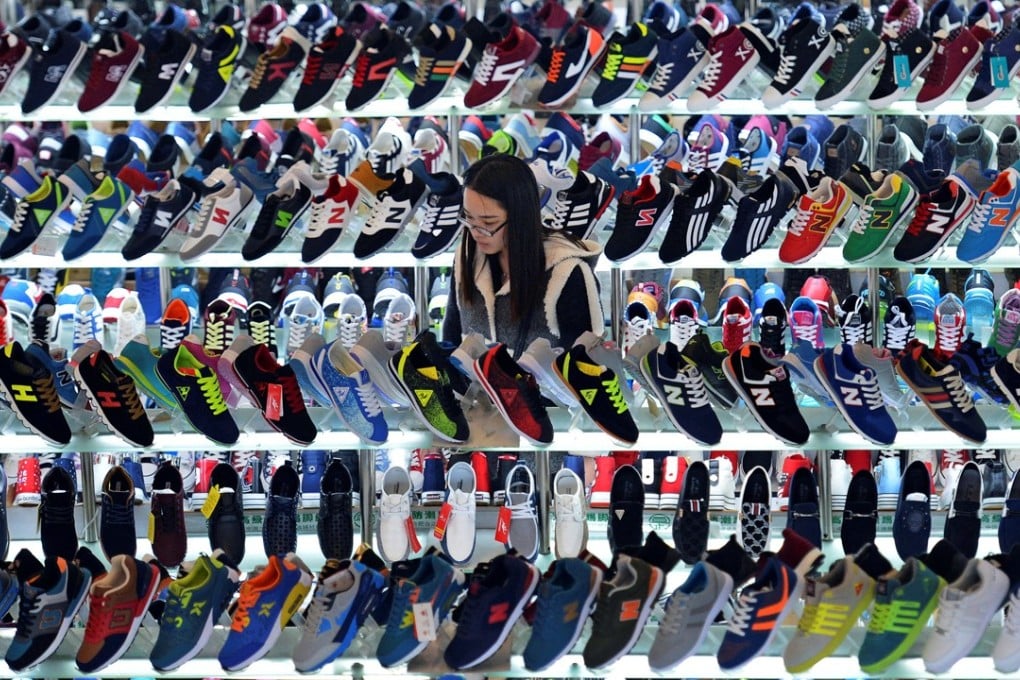Why China cannot rely on consumers to spend their way out of the trade war
The nation’s consumers are pulling back on their spending on discretionary items as income growth slows and household debts rise

Mounting debt levels and rising uncertainty about the economic outlook appear to be weighing on the ability and willingness of China’s middle class to buy high-priced products, a change that may thwart Beijing’s expectation that consumer spending will offset trade war-related export losses and help maintain steady economic growth.
Chinese households appear to be scaling back their discretionary spending and following a new fashion of minimising luxury purchases, challenging Beijing’s narrative that China’s vast domestic market of a billion consumers is ready to open their wallets for better products and services.
Instead of a “consumption upgrade” – the phrase the government likes to use to describe Chinese consumers’ growing demand for high-quality and higher-priced cars, art and travel – many Chinese are taking the opposite approach. They are cutting conspicuous consumption – lavish spending to indicate social prestige – and are turning to cheaper substitutes.
Even as households have been borrowing more, data indicates they have been spending less. Banks’ outstanding loans to households jumped 19 per cent year on year in May and 18.8 per cent in June, but China’s overall retail sales growth rate dropped to a 15-year low of 8.5 per cent in May before rebounding slightly to 9 per cent in June.
Shen Weipeng is a 29-year-old trust manager in Beijing, working in one of the highest-paid vocations in China. His after-tax income last year was about 260,000 yuan (US$38,000).
He decided to cut his spending this year by replacing his favourite cocktail with water, cancelling a planned trip to Europe and sticking with his current mobile phone even though the screen is badly cracked.